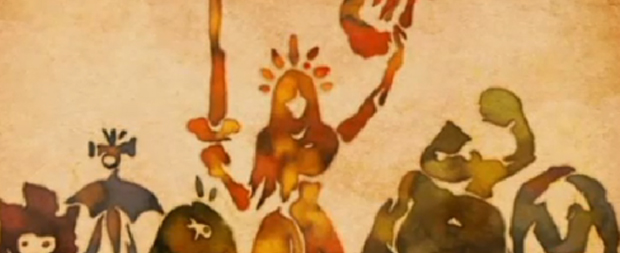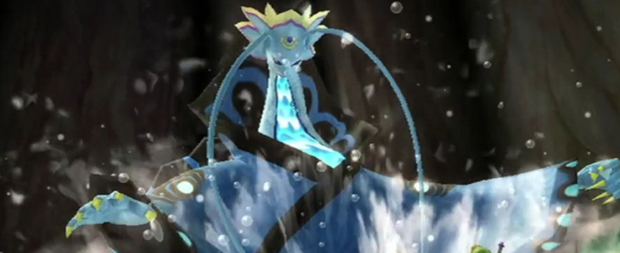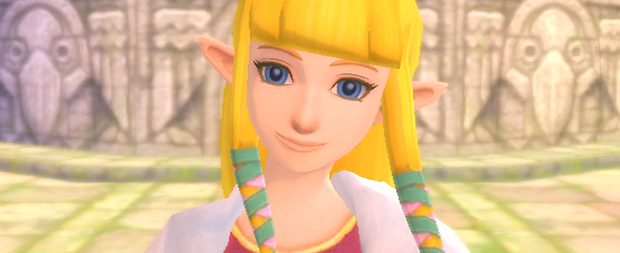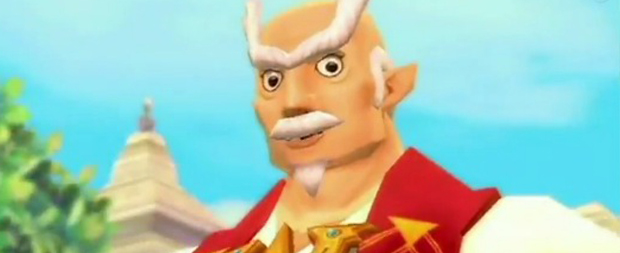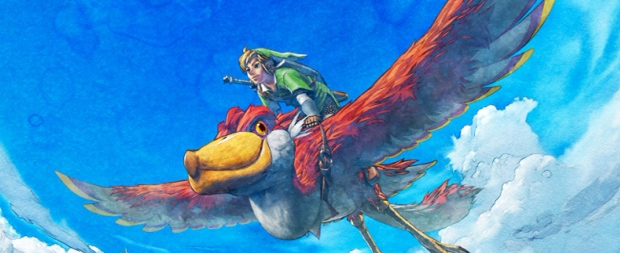
“Now, a new legend . . . stands ready to be revealed. A legend that will be forged by your own hand.” – Fi, Skyward Sword introduction
As a gaming series it goes without saying that The Legend of Zelda is an interactive journey where the experience is entirely at your discretion. However, unlike many other gaming series, the individual experience of Zelda goes beyond how you tackle the gameplay alone.
The Legend of Zelda is completely open-ended; it is what you make it. Even now with a confirmed chronology, it is still up to the individual players precisely how the games connect and how the timeline really holds together. It is for this very reason that even the official timeline release did not quell timeline theorizing.
The Legend of Zelda hints at romance, but it is the players who make the final decisions. There is an abundance of hidden connections, meanings and morals, but it is up to you as the player to discover them, make sense of them and apply them. Even once a Zelda game is over you continue to craft your own experience of the series. Read on…




